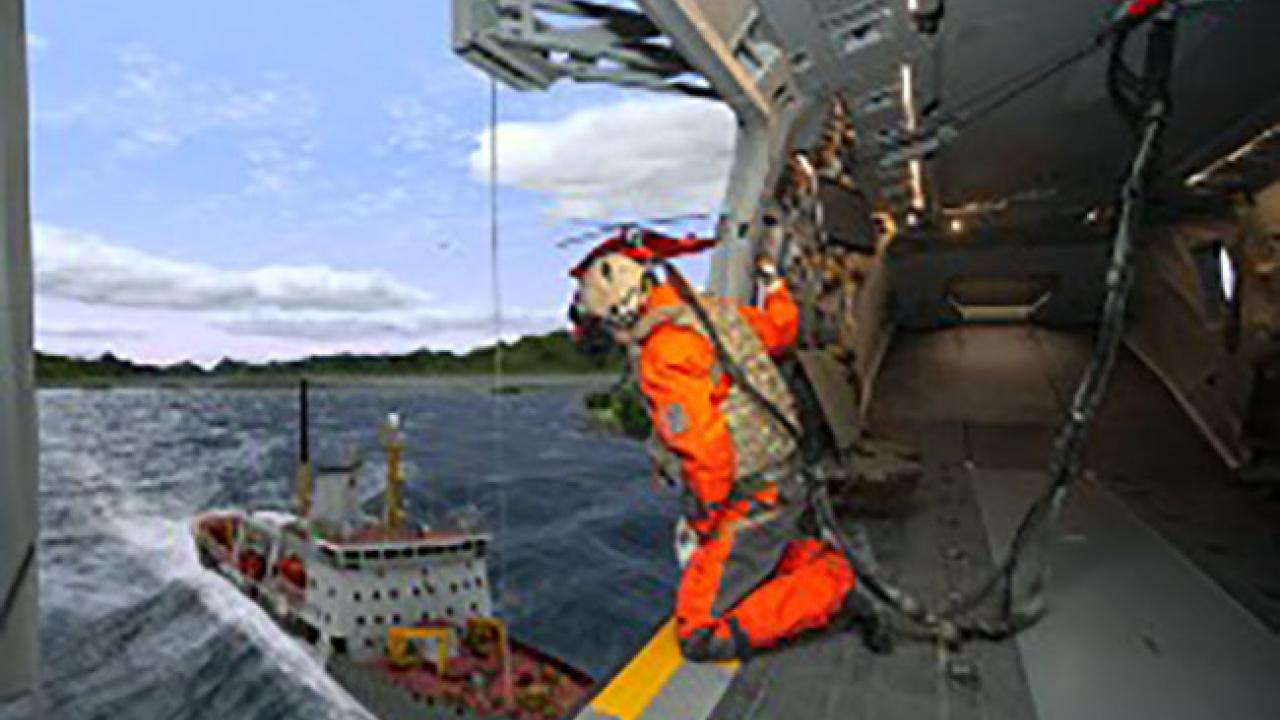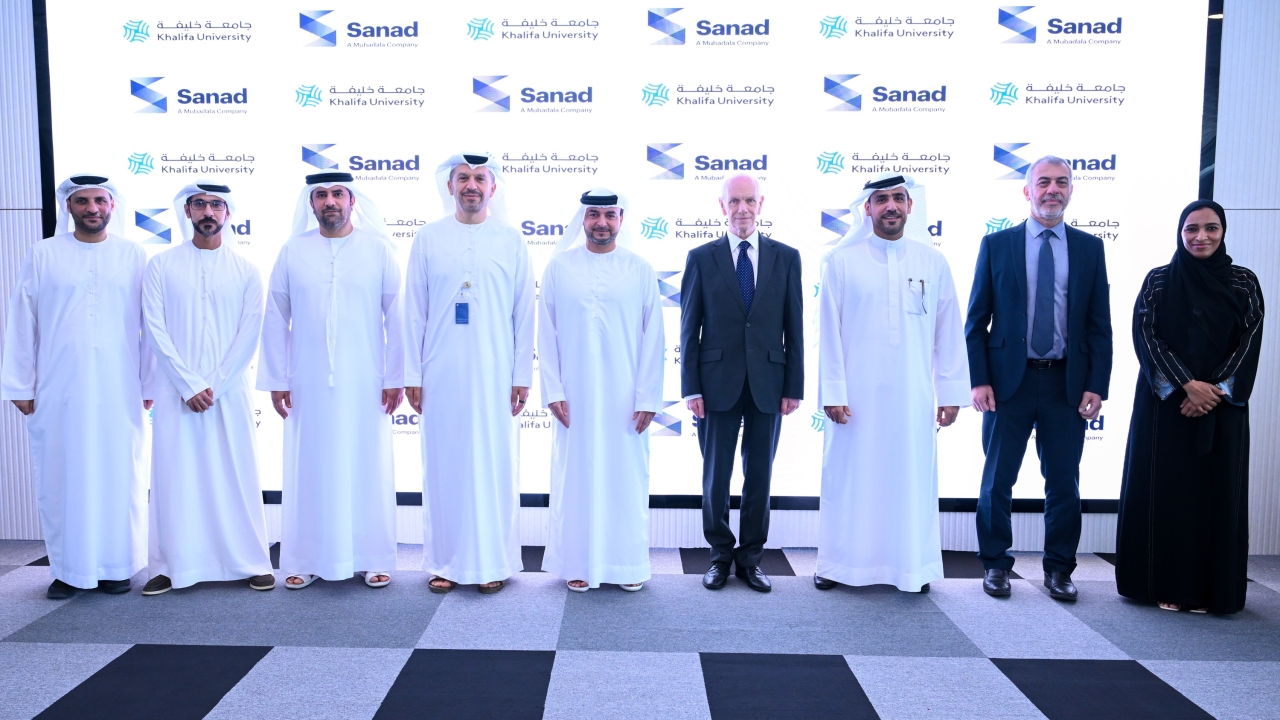TRAINING: No longer just buzzwords, digital tech provides breakthrough in learning
Big data, predictive analytics, cloud computing, artificial intelligence (AI), virtual/augmented reality (AR/VR) – these terms have become prevalent as the digital revolution rolls out.

A panel of technology and learning experts from CAE described how digital technologies such as AI and AR/VR are now contributing to the science of learning. (Image: CAE)
But far from being mere ‘buzzwords’, they represent key technology areas that are the driving force behind the development of powerful systems that are reducing costs, enhancing security and safety, and optimizing the delivery of results across many sectors – particularly when it comes to military training and learning.
As a leading training systems integrator with a history of pioneering new technologies, CAE understands that these new technologies are the bedrock upon which significant advances in training can be built, and the company is at the forefront of harnessing their power to deliver enhanced training services.
One of the cornerstones of any training is the measurement of student proficiency and feedback from the instructor to student so that their progress can be monitored. The use of data analytics is a powerful tool in this process and can shape the training program, now enabling a focus on individual instruction.
“The time students spend with the instructors is time when the instructors can assess their performance – their strengths and weaknesses – and provide feedback on a human-to-human basis,” said Philippe Perey, Head of Technology for CAE’s Defence and Security business unit.
“What we’ve now developed is the ability to capture data from a range of training devices and analyze it to get a very clear view of how that student is performing,” he explained.
Applying artificial intelligence (AI) to that data then facilitates the creation of more personalized training.
“We can understand more about the learner,” added Kevin Graham, CAE’s Director of Artificial Intelligence Strategy. “Are they a visual learner, or are they an audio learner?” We can tailor the training content to their learning styles, versus looking at it as a monolithic approach.”
Another area where CAE has been a pioneer is the application of AR/VR technology to enhance immersive training. The core of the company’s traditional business has been high-fidelity flight simulators for pilot training. While they offer a fully immersive learning environment and the best example of a “digital twin” of the aircraft being simulated, they are an expensive asset for customers.
“You can’t have hundreds of these available for all students to train in parallel,” explained Perey.
However, by using AR/VR technology, many of the functions of the larger training devices can be replicated on much less expensive systems that can be used on an individual basis by students, removing the limits in the amount of time they can train in an immersive training device.
AR/VR is also being applied to a range of solutions, including CAE’s Trax Academy pilot training solution, as well as a rear-crew training system known as the Mission Augmented Virtual Reality/Rear Crew (MAVRC) trainer.
Artificial intelligence can play its part by automatically condensing data down to a point of insight, which can then be flagged to the student. This brings with it the ability to install a ‘virtual coach’ within the virtual environment, as if a human instructor is sitting over the student’s shoulder to provide warnings and corrective instructions.
Beyond individual training, CAE is also harnessing new technology to enhance team training in a realistic synthetic tactical environment.
“We’ve honed that environment over many years now, but one of the challenges that we constantly face is how do you bring scale?” asked Perey. “Computing horsepower has always been a constraint. Now you can now take cloud computing capability, and scale it up to millions of entities to create a very realistic engagement.”
By applying AI to that synthetic environment “we can simulate the outcomes that we are looking for”, added Graham. “We can use past exercises to make sure that the simulation that we’re doing allows us to get to that outcome.”
It also flags area of concern or obstacles that need to be addressed for better training or to achieve the desired outcomes. Moreover, the large-scale synthetic environment can be used to undertake mission rehearsals and for role-playing exercises. Ultimately, this leads to better decision-making for real-world operations across both military and government sectors.
Thanks to these technological breakthroughs, CAE is now able to provide many of the solutions that it has been working towards for a number of years. As company learning specialist Regan Legassie concluded: “That’s the advantage of the technology we have right now; we finally have the opportunity to do a lot of the stuff we’ve always wanted to do. Technology has finally caught up with a lot of the theory.”
The CAE MAVRC trainer is one example of augmented and virtual reality delivering an incredibly realistic immersive training environment for rear crew. (Image:
Stay up to date
Subscribe to the free Times Aerospace newsletter and receive the latest content every week. We'll never share your email address.

